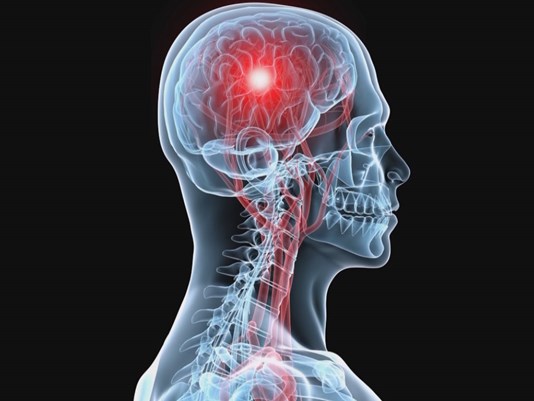Scientists in San Antonio are taking quantum leaps in studying brain health.
Brain health has become the research priority for many around the world. Launched in 2013, the U.S. government’s large-scale Brain Research through Advancing Innovative Neurotechnologies Initiative (aka the BRAIN Initiative) was funded with $200 million, while the European Union’s Human Brain Project dedicated a budget of $1.6 billion. These are two of the biggest brain projects underway.
William H. McRaven, chancellor of The University of Texas System, in 2015 identified brain health as being a key area of focus in a series of initiatives called ‘Quantum Leaps.’ Quantum Leaps supports the System’s vision to facilitate collaboration and leverage research across all 14 universities and health care institutions. The UT Health Science Center at San Antonio and The University of Texas at San Antonio (UTSA) are working collaboratively in the San Antonio Life Sciences Institute, which was established in 2003 with funding from the Texas Legislature, the UT System, the Health Science Center and UTSA.
The San Antonio Life Sciences Institute (SALSI) recently awarded $200,000 through its “Clusters in Research Excellence: Brain Health” to researchers at the Health Science Center and UTSA to advance research in brain health. The UT System’s BRAIN initiative was funded with $20 million by the UT Board of Regents in 2014.
“Conducting cutting-edge research on brain health continues to be a strategic goal at UT Health Science Center. We have more than 100 neuroscientists focused on studying the cause and treatment of numerous brain disorders. We have patented applications in traumatic brain injury (TBI) including a new class of compounds that protect against brain damage,” said Andrea Giuffrida, Ph.D., vice president for research at the Health Science Center. “Our core research mission is to integrate research and clinical care to advance discoveries that impact human health. Our collaborative initiatives funded through SALSI are an effective way to achieve that goal sooner.”
SALSI’s mission is to increase the research-funding base with cross-campus collaborative programs and interactions between UTSA and the Health Science Center. A large portion of SALSI funding is dedicated to supporting joint research projects that engage researchers from both institutions and develop new strategic directions in bioscience that include educational activities and research infrastructure development.
“In the last biennium, the funding from SALSI has been impressive: It has resulted in nearly 40 more scholarly works and publications; trained over 25 students (undergraduate to postdoctoral); filed three patents; and submitted a dozen grant applications which yielded over $2.4 million in additional funding. With our focus now on brain health, we are strengthening our current research infrastructure but with an eye to build other capabilities to benefit the state of Texas, and beyond,” said Bernard Arulanandam, Ph.D., interim vice president for research at UTSA.
The SALSI ‘brain health’ award recipients are:
Stephen Bach, Ph.D, UTSA and Bess Frost, Ph.D., Health Science Center
“Utilizing Imaging Mass Spectrometry and Electron Microscopy to Investigate Nucleoplasmic Reticulum Expansion in Alzheimer’s Disease”.
Dr. Bess Frost’s expertise is in nucleoplasmic reticulum, the tubular invaginations of the nuclear envelope at the cellular level and the role it plays in Alzheimer’s disease. Dr. Stephan Bach is spearheading the implementation of imaging mass spectrometry at UTSA with the goal of developing a platform for the direct molecular analysis of tissue. This would provide a breakthrough technology leading to unbiased tissue dissection and thus enable the opening of a new world of insights to disease processes by adding a layer of understanding at the molecular level.
Todd Troyer, Ph.D., UTSA and Hye Young Lee, Ph.D., Health Science Center
“Elucidating social communication deficits in autism”
Dr. Hye Young Lee’s expertise is in using molecular techniques to study neurodevelopmental disorders while Dr. Todd Troyer is an expert in behavior and brain circuits and studies songbird vocalizations. They have teamed up to study ultrasonic vocal communication in mice with fragile X syndrome. Fragile X is the most common genetic form of autism spectrum disorder and is caused by a single genetic point mutation. Making the same mutation in mouse genes reduces ultrasonic vocalizations when males court females. With one out of every 68 children affected with autism or a related disorder, the SALSI grant will enable both to collaborate on a new line of research inquiry.
Each team will receive $100,000 with $50,000 awarded to each institution.


